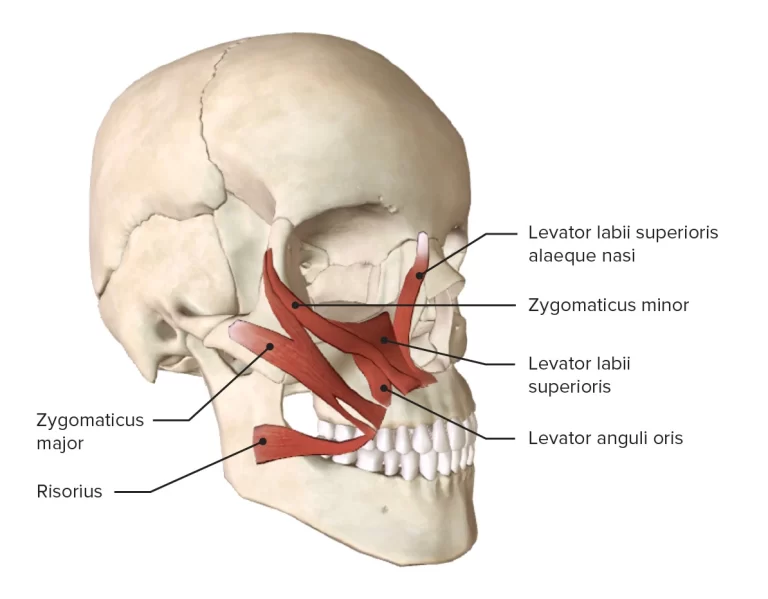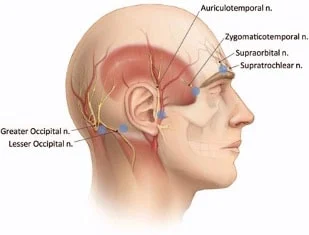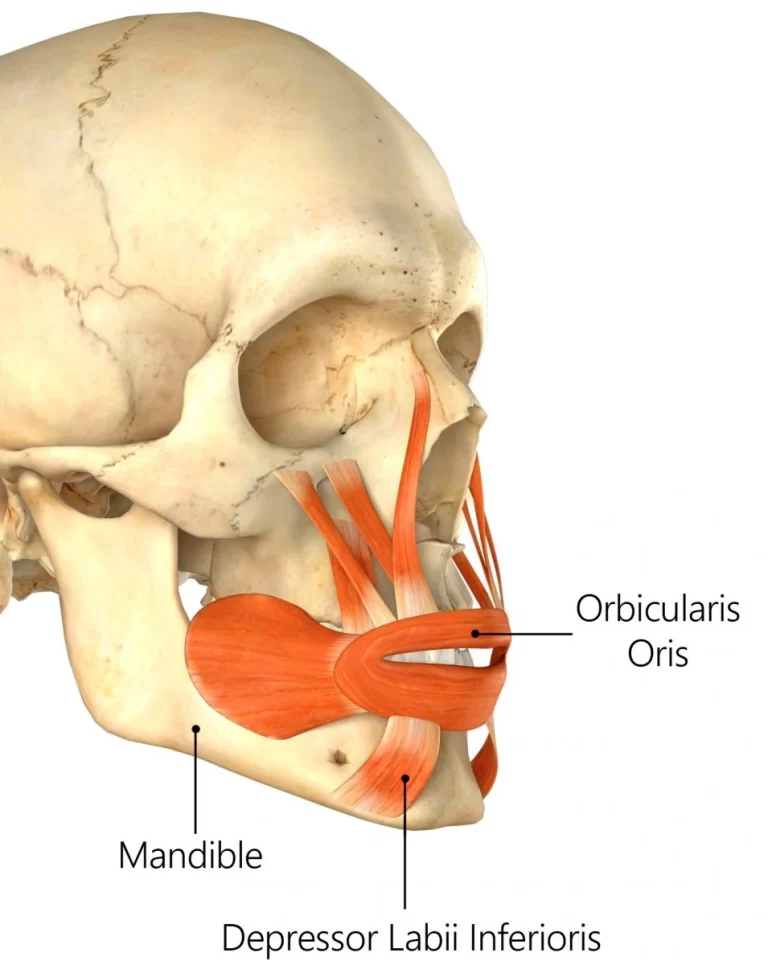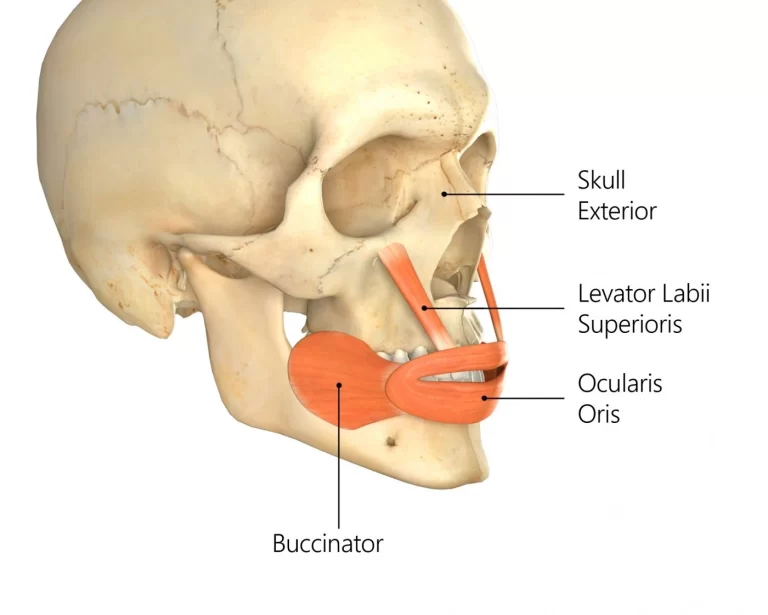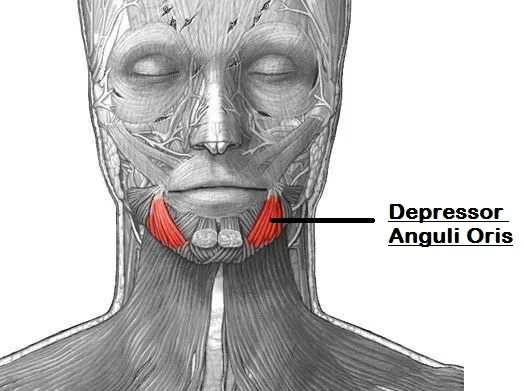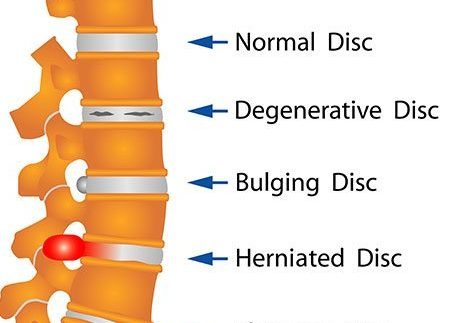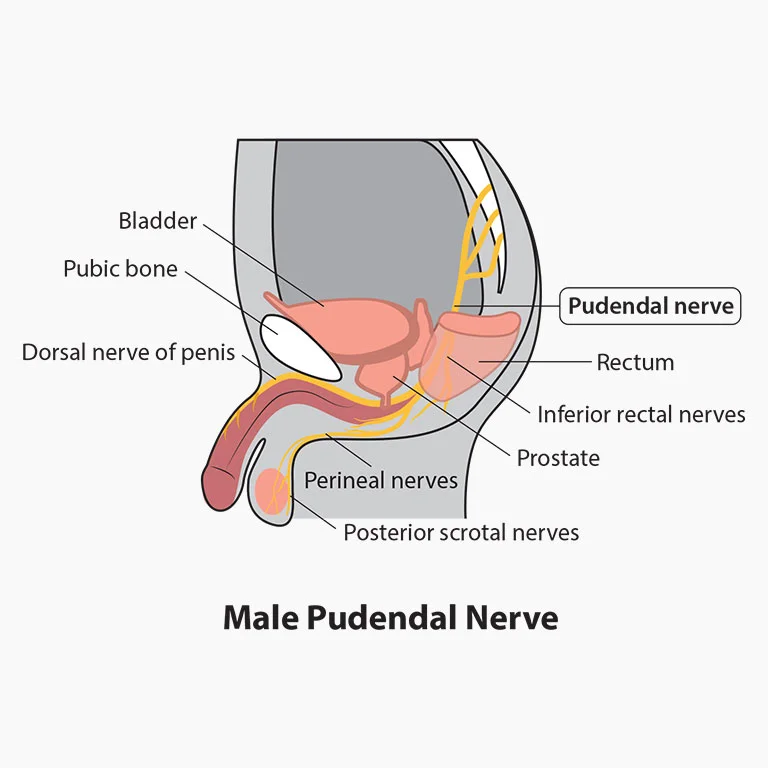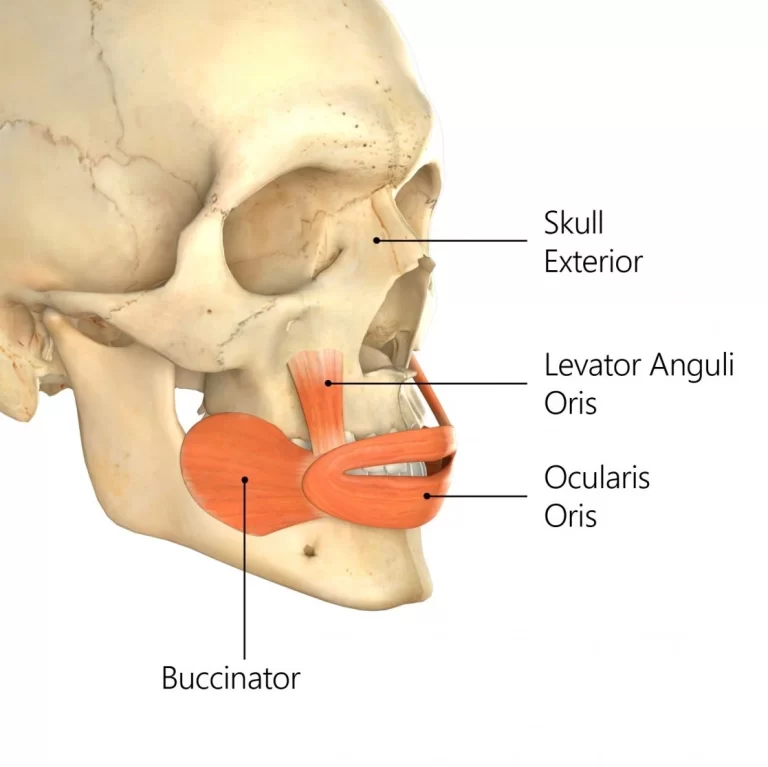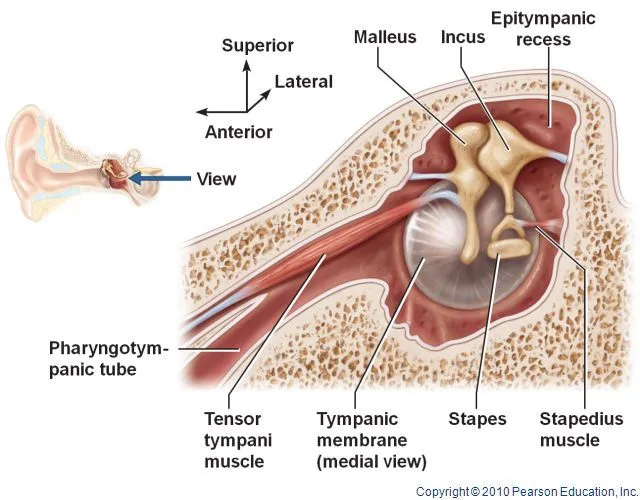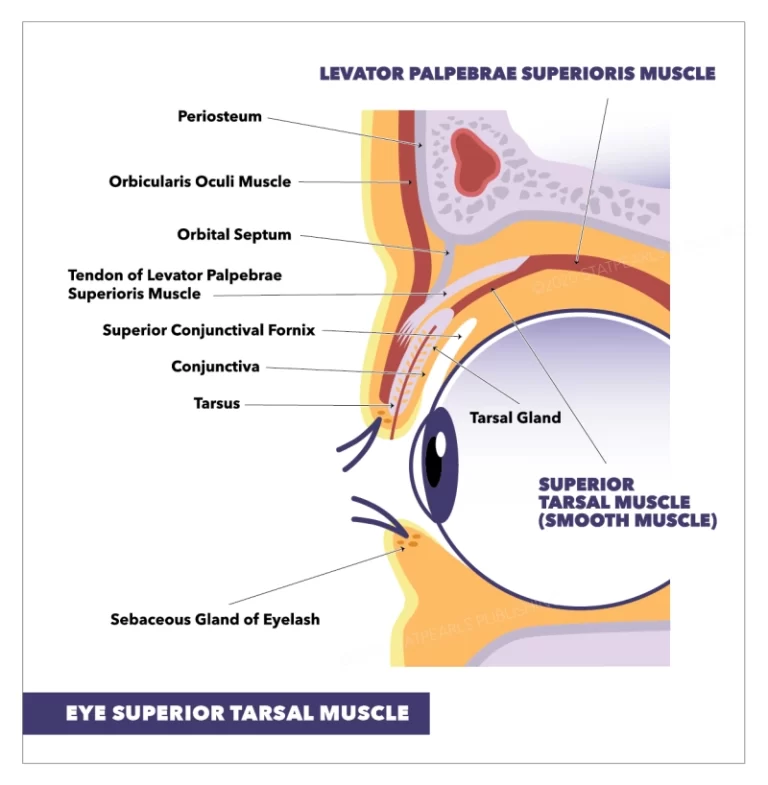Zygomaticus major Muscle
Introduction The zygomaticus major muscle is also a muscle of the human body. It extends from each of the zygomatic arch (cheekbone) to the corners of the mouth. It is a muscle of facial expression which marks the angle of the mouth superiorly and also posteriorly to allow one to smile. The bifid zygomaticus major…

